LA MORTALITA' SULLE STRADE
Le strade rappresentano un’importante causa di mortalità per molte specie animali e una minaccia per la conservazione della biodiversità. Negli ultimi anni questo fenomeno è in costante crescita, e non deve essere sottovalutato per le seguenti ragioni:
- Le strade sono un fattore di disturbo e causano la riduzione e la frammentazione degli habitat naturali;
- Gli incidenti stradali con la fauna selvatica possono rappresentare una minaccia per la sopravvivenza di molte specie, soprattutto per quelle a rischio di estinzione;
- Le strade possono costituire una barriera per lo spostamento di molte specie animali, riducendo così lo scambio all’interno e tra le popolazioni;
Gli incidenti stradali con la fauna selvatica (AVC) hanno inoltre un impatto economico significativo per i danni che provocano alle persone ai veicoli e all’ambiente.
Dati affidabili sui costi economici ed ecologici di questo fenomeno sono disponibili solo per alcuni paesi europei relativamente agli ultimi trent’anni (cfr. Langbein et al., 2011). Solo nel 1996, Bruinderink and Hazebroek (1996) hanno stimato in Europa 500,000 incidenti stradali con ungulati, 300 vittime e una perdita economica di circa un miliardo di dollari americani. Venti anni dopo, solo in Germania sono stati registrati 263,000 incidenti stradali con la fauna selvatica e un danno economico di quasi 0.7 miliardi di Euro (GDV, 2017). Complessivamente in tutta l’Europa si può quindi ragionevolmente assumere che il danno economico sia molto superiore a quello del 1996. Attualmente, si stima che in Germania si siano verificati 800,000 incidenti stradali con gli ungulati, sulla base del fatto che più di due terzi degli incidenti non vengano denunciati, come osservato negli Stati Uniti e in Canada (Huijser and Kociolek, 2008; Snow et al., 2015; Hesse and Rea, 2016) (Ripreso da Benten et al (2018): Wildlife Warning reflectors’Potential to mitigate wildlife-vehicle collisions-A review on the evaluation methods. Front. Ecol. Evol., 12 April 2018 HO).
E’ stato stimato che in Italia in ogni provincia almeno 15.000 animali vengano uccisi ogni anno sulle strade, quindi circa 1,5 milioni di animali/anno in tutto il paese. In ogni caso, questo dato è puramente indicativo perché il fenomeno non viene ancora monitorato in maniera accurate e sistematica.
In Spagna non sono disponibili statistiche ufficiali, ma in uno studio pubblicato nel 2015 da Antonio Sáez-de-Santa-María and Jose L. Tellería sulla rivista scientifica “European Journal of Wildlife Research” viene stimato che nel periodo compreso tra il 2006 e il 2012 in questo paese si siano verificati 74.600 incidenti stradali con la fauna selvatica, con una media di 10.657 incidenti per anno.
In Grecia ad eccezione del database della società EGNATIA ODOS SA relativo alle tratte autostradali di loro competenza, non ci sono dati disponibili per l’intero territorio nazionale. Nel periodo 2015-2016 questa società ha registrato sul tratto autostradale di sua competenza 282 incidenti con animali selvatici e 235 con animali domestici.
In Romania non esiste un database nazionale relativo agli incidenti stradali con gli animali selvatici, per cui non ci sono informazioni accurate su questo fenomeno.
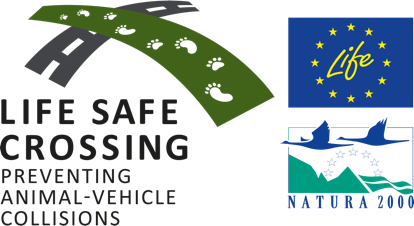




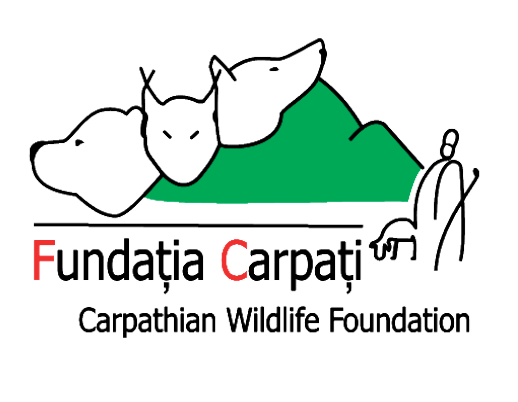

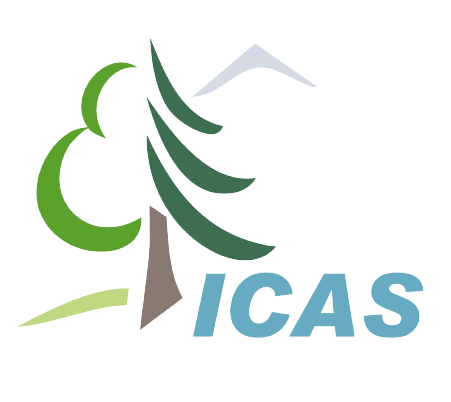



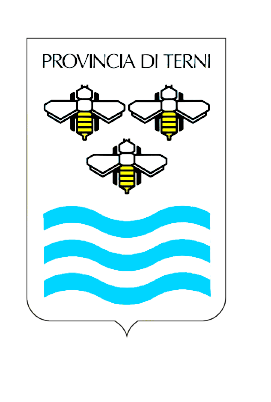
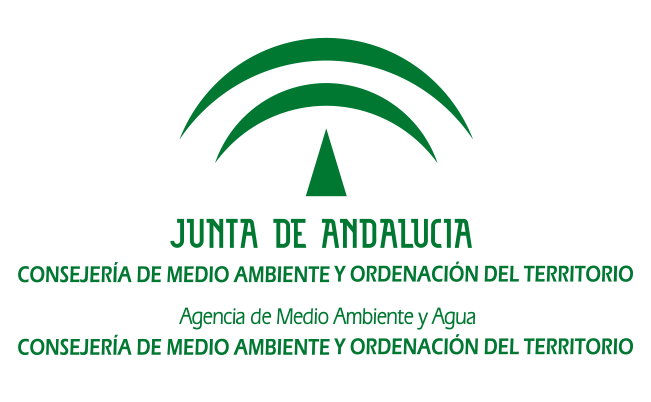
 The project is partially co-funded
The project is partially co-funded